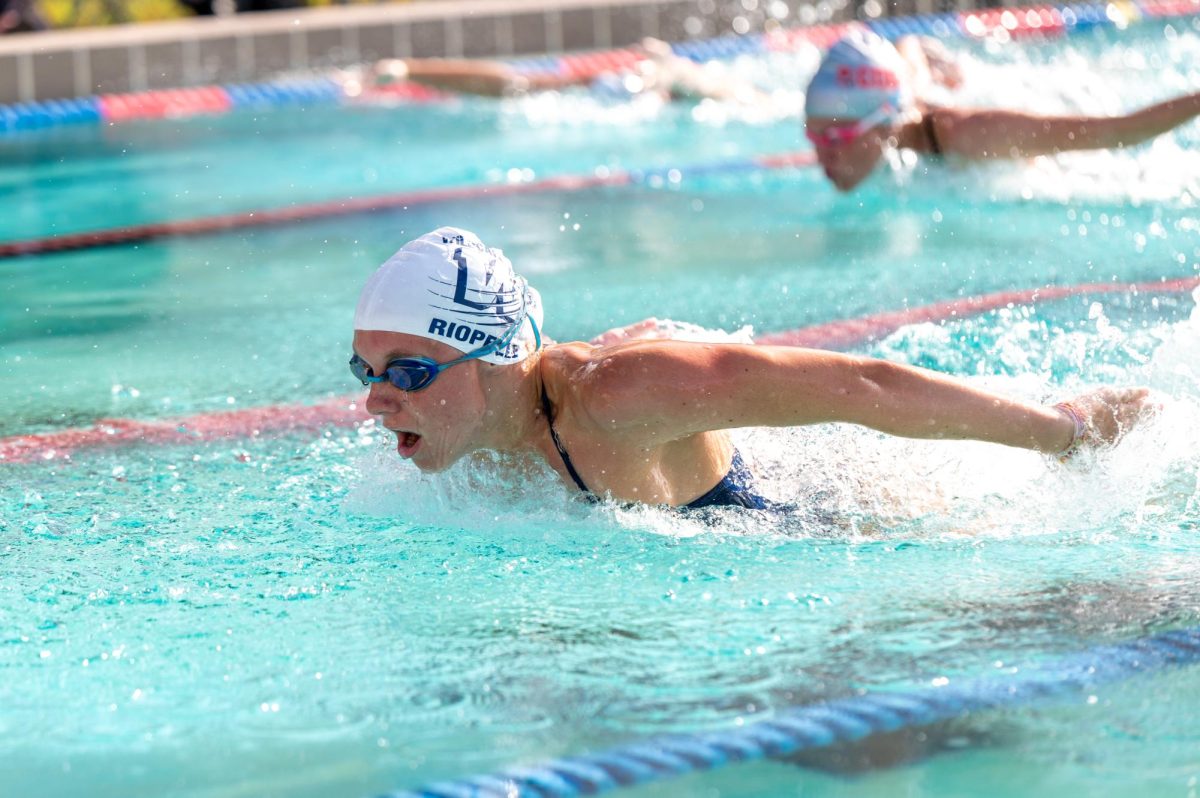Fall sports set to begin with new pandemic regulations in place
September 10, 2020
Despite ongoing concerns about gathering during a pandemic, high-school sports are finally back.
“It’s going to be a lot different than usual,” Cross-Country Coach Bryan Cheek said.
The past six months have been anything but usual because of the Covid-19 virus. In fact, it wasn’t until Aug. 14 that the Florida High School Athletic Association voted 11-5 to even have fall sports. The FHSAA postponed all fall sports until Aug. 24 and official competitions won’t begin until Monday. The state series will continue as planned, but schools will be permitted to opt out or refuse participation if they experience an outbreak of Covid.
Under new FSHAA regulations, athletes must wear masks for everything other than vigorous workouts and must submit to a daily temperature check with results being lower than a 100.4 to be eligible to practice and compete. Finally, new rules also have been applied for team size and meet scheduling to reduce the spread should an outbreak occur.
Participating athletes understand they must take on a larger health risk in order to compete during a restricted season while also knowing their time to participate in high-school sports is limited.
Junior Ashley Hilmes has committed to twice the challenge by participating in both cheerleading and cross-country.
“We have to compete while maintaining social-distancing, wearing a mask and limiting the number of people on the team,” Hilmes said. “The changes do not ruin the season for me. I am just happy to be able to do my sports.”
Student athletes aren’t the only ones who need to adapt. Coaches must learn and enforce the new rules despite their personal opinions toward them. Swim Coach Kyle Berry said he has put extra effort into his coaching plans.
“We knew this season was going to be very different and adjustments needed to be made,” Berry said. “To avoid having to make cuts, we are splitting our swim team into two groups. Each week we have eight swim practices and three dry-land practices with a limit of no more than 24 Swimmers at one practice. In order to abide by the social-distancing rule, we will have four swimmers in each lane, two on each side of the pool.”
Despite the changes, Berry said it won’t be difficult to enforce the new rules.
“I would not say that the regulations are making my job harder,” Berry said. “It is just additional steps that need to be taken to make sure my athletes remain healthy and have a successful season in the water.”
Cheek also is making adjustments to his coaching agenda.
“The largest change has to be having to make a lot more cuts than usual this year,” Cheek said. “We are only allowed around half of our usual team size this season.”
Despite the cuts, restrictions and additional effort required, the new changes in regulations are a necessity for the well being of athletes, coaches and their families, he said.
“I do not believe that the regulations are too strict.” Berry said. “Our job as coaches is always to protect our student-athletes, now so more than ever. Regulations can always be relaxed as things change.”
Cheek said he knows the new restrictions will not be popular.
“Safety is our number one priority,” Cheek said. “The changes are not favored by many, but are necessary to keep everyone involved safe and healthy.”
By Gavin Litchfield




















































